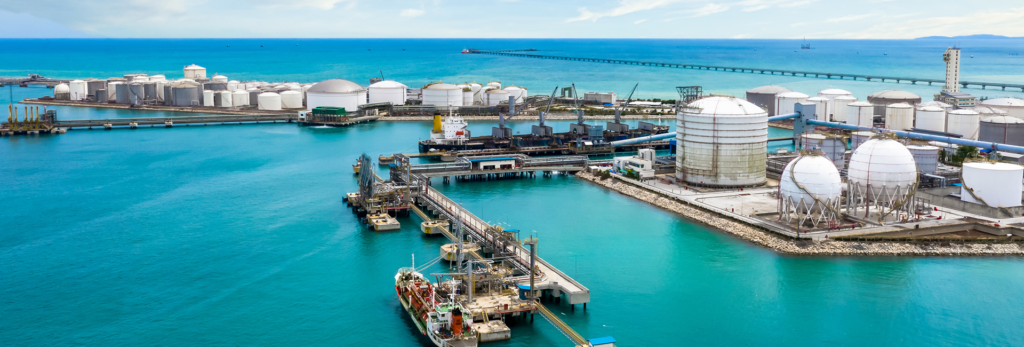Facts You Should Know About Port Security

Port security refers to the measures implemented to safeguard ports, cargo, passengers, vessels, and surrounding areas from unauthorized access, theft, terrorism, cyber attacks, and other threats. Given the interconnected nature of global trade, it is crucial for port authorities, shipping lines, logistics providers, and government agencies to collaborate closely in establishing robust port security protocols that protect lives, assets, and infrastructure.
Threat land
The maritime domain faces a myriad of security challenges ranging from conventional threats like piracy, smuggling, and stowaways to emerging dangers posed by cybercriminals targeting sensitive information systems and operational technology. Staying updated on threat intelligence, sharing best practices, and conducting regular vulnerability assessments enable stakeholders to anticipate, detect, and counteract hazards before they escalate.
Regulatory framework
To harmonize port security efforts worldwide, international bodies such as the International Maritime Organization (IMO) have developed inclusive frameworks outlining mandatory measures for securing ships, ports, and adjacent facilities. The IMO’s International Ship and Port Facility Security (ISPS) Code serves as a foundational guideline, prescribing risk management methods, security levels, and roles & responsibilities for relevant parties. Compliance with these regulations strengthens collective defenses against malicious actors while demonstrating commitment to safety and integrity.
Physical security measures
Implementing physical barriers, surveillance systems, access controls, and perimeter monitoring devices forms the cornerstone of effective port security. Establishing secured zones, restricting non-essential personnel movement, and deploying specialized units trained in crisis response bolster protective capabilities against external threats. Furthermore, incorporating green technologies like solar-powered lighting and smart cameras reduces environmental footprint while enhancing situational awareness.
Cybersecurity best practices
As reliance on digital platforms grows, so does the need for stringent cybersecurity measures to shield confidential data, navigation systems, and industrial control systems from unauthorized intrusion. Adopting multi-factor authentication, encryption, patch management, network segmentation, and incident response plans fortifies cyber defenses against sophisticated attack vectors. Collaborating with cybersecurity experts and participating in threat information-sharing platforms fosters a culture of vigilance and preparedness.
Training and awareness
Equipping frontline workers, supervisors, and executives with the requisite knowledge and expertise to recognize, report, and react to security incidents constitutes a fundamental aspect of holistic port security strategy. Conducting drills, workshops, simulations, and certification programs instills proficiency in emergency response, contingency planning, and decision-making under pressure. Fostering a security-conscious mindset engenders heightened alertness and rapid identification of anomalous behavior patterns, reinforcing overall resilience.




